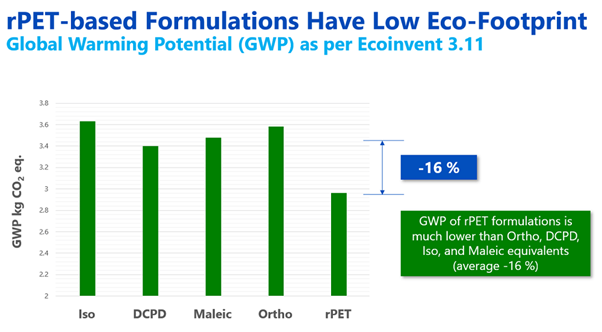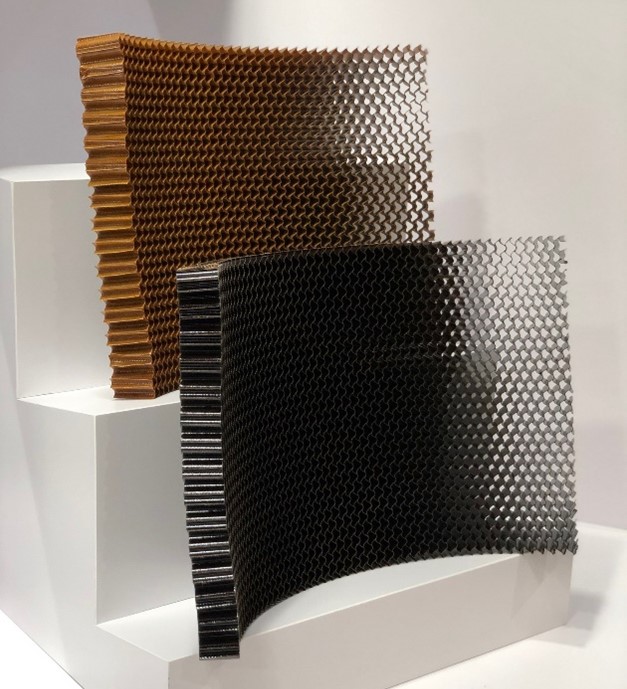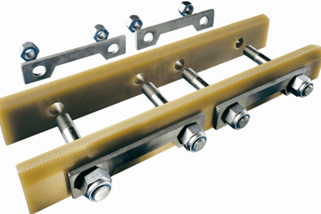Firefly Aerospace to develop ceramic matrix composite rocket engine nozzle extension
This advanced, lightweight material improves rocket performance by increasing launch vehicle payload capability
Posted On 24 Apr 2025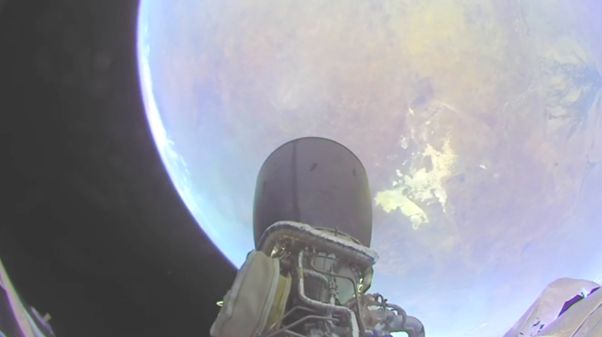
Built with a lightweight composite material, nozzle extensions will lower costs, improve performance, and accelerate rocket engine production
Firefly Aerospace, the leader in end-to-end responsive space services, announced the company was awarded a contract from the Air Force Research Laboratory (AFRL) at the Edwards Air Force Base in California to develop a ceramic matrix composite (CMC) nozzle extension for applications in liquid rocket engines. This advanced, lightweight material improves rocket performance by increasing launch vehicle payload capability while lowering production costs compared to industry standard metal-based nozzle extensions.
“Firefly’s expertise in both carbon composites and rocket propulsion puts us in a unique position to develop a composite-based nozzle extension that allow us to reduce mass on our launch vehicles and ultimately increase payload capacity for customers,” said Jason Kim, CEO of Firefly Aerospace. “As we’ve seen with Firefly’s carbon composite barrels, domes, and tanks, composites provide a cost-efficient, lightweight solution that improves performance.”
Second stage nozzle extensions have historically been produced with metals that are often heavy, expensive to manufacture, and reliant on non-domestic sources of raw material. As an alternative, CMCs offer significant cost and mass savings with higher strength at relevant temperature ranges. In fact, Firefly’s composite material solution is expected to reduce the mass of nozzle extensions by more than 50 percent, unlocking additional performance and payload capability. Composites also offer significant lead time reduction from months to weeks with domestically available materials and a rapid spin form production process.
Firefly will utilize its expertise in composite manufacturing and liquid rocket engines to rapidly design, build, and test a composite-based nozzle extension to validate the material. Once developed and validated, the composite nozzle extensions will enable future responsive space applications that support U.S. national security and the larger commercial space industry. Firefly also plans to utilize the composite nozzle extension fabrication methods for its second stage engines, Lightning and Vira, that power Firefly’s Alpha rocket and Medium Launch Vehicle, respectively.
Realted Content
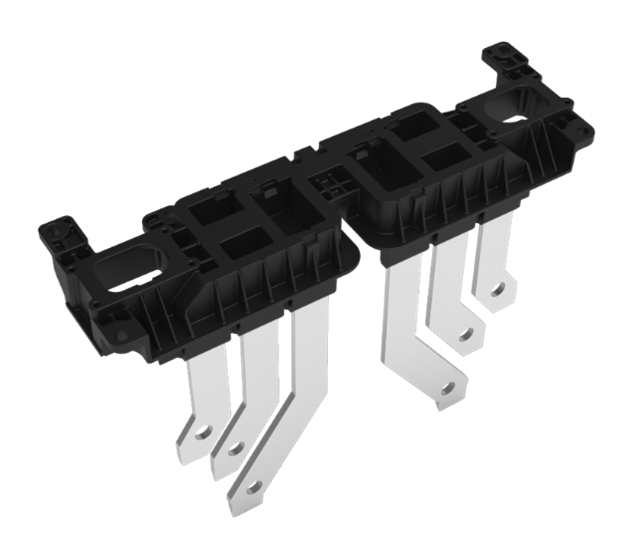
BASF launches innovative PPA for electric vehic ...
BASF announced that its newly develop ...
Read More

